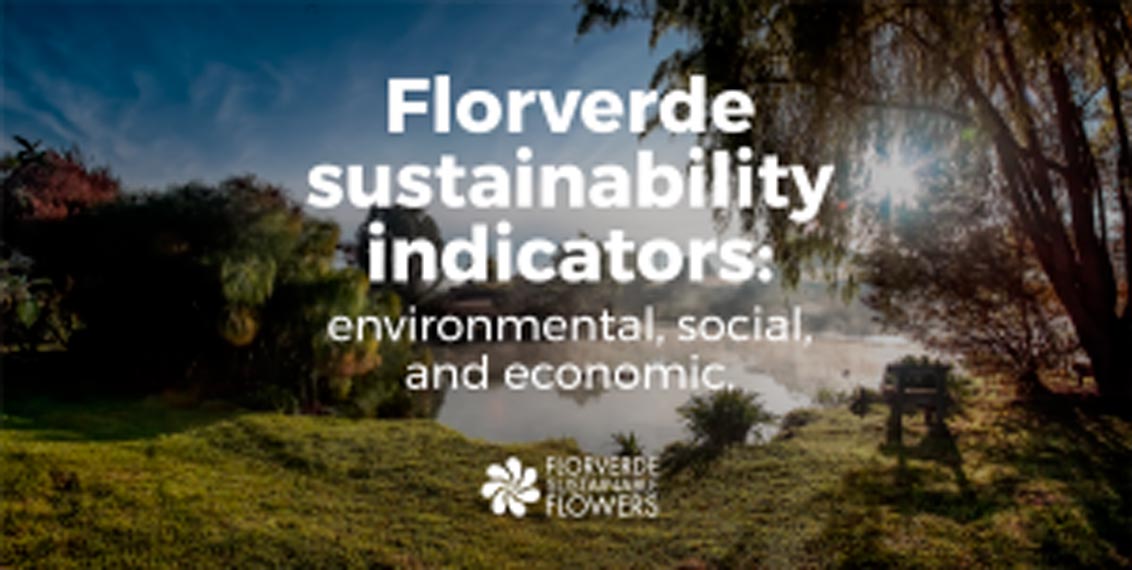Posted on julio 7, 2020 by Monica Vera

Florverde indicators system was born in 1998 to support business management, evaluate the performance of the flower sector, through a series of socio-environmental indicators, which, when collected and interpreted appropriately, offer information on the sustainability. Likewise, it monitors the development of some social and economic aspects of the sector and makes it easier for farmers to achieve a seal of sustainable production. That is, they are tests for a model that supports decision-making, which also improves the wellbeing of employees, environmental responsibility, and the productivity of companies, which is why it is necessary to include them in company culture and processes.
The objective is to know the reality of the flower farms and their production processes, show the performance of the sector, support the design and management of strategies to have good agricultural practices, and offer flower companies the tools so that they can monitor their social, environmental and economic aspects about the flower production process.
The Florverde indicators are divided into three groups: environmental, social, and economic. The environmental aspects that are measured are water consumption, the use of pesticides, fertilizers, the carbon footprint, the use of materials, and the generation of waste, and energy sources. Economically, the cost for the consumption of pesticides, the collection of surface water, groundwater, rainwater, the water used in irrigation, electrical energy, and the prevention of accidents. And socially, absenteeism, accidents, and staff turnover.
To implement the sustainability indicators, you must have the support of the staff on the farms to obtain the data. It is a collective effort; Florverde provides the tool and the professional of the certified companies do the work of registering the field data every month that are the basis for calculating the indicators.
So far, thanks to this work, there are 124 farms registering indicators and better management of natural resources has been perceived. Environmental indicators that have improved are water management as a vital resource for crops, reduced use of chemical pesticides, and carbon footprint. And in the social indicators, the interpersonal relations of the employees have been improved, the companies have strict policies to avoid having minors working, health and occupational safety coverage, and the formalization of all workers.
The indicators signify a commitment to improving the conditions of the workers and the environment, but by themselves, they do not offer the solution; They represent a very useful instrument to organize, quantify and manage information and the idea is that trends, behaviors, and opportunities for improvement can be identified that allow decisions to be made. It is a great challenge that is worth applying for the benefit of floriculture and society in general.






